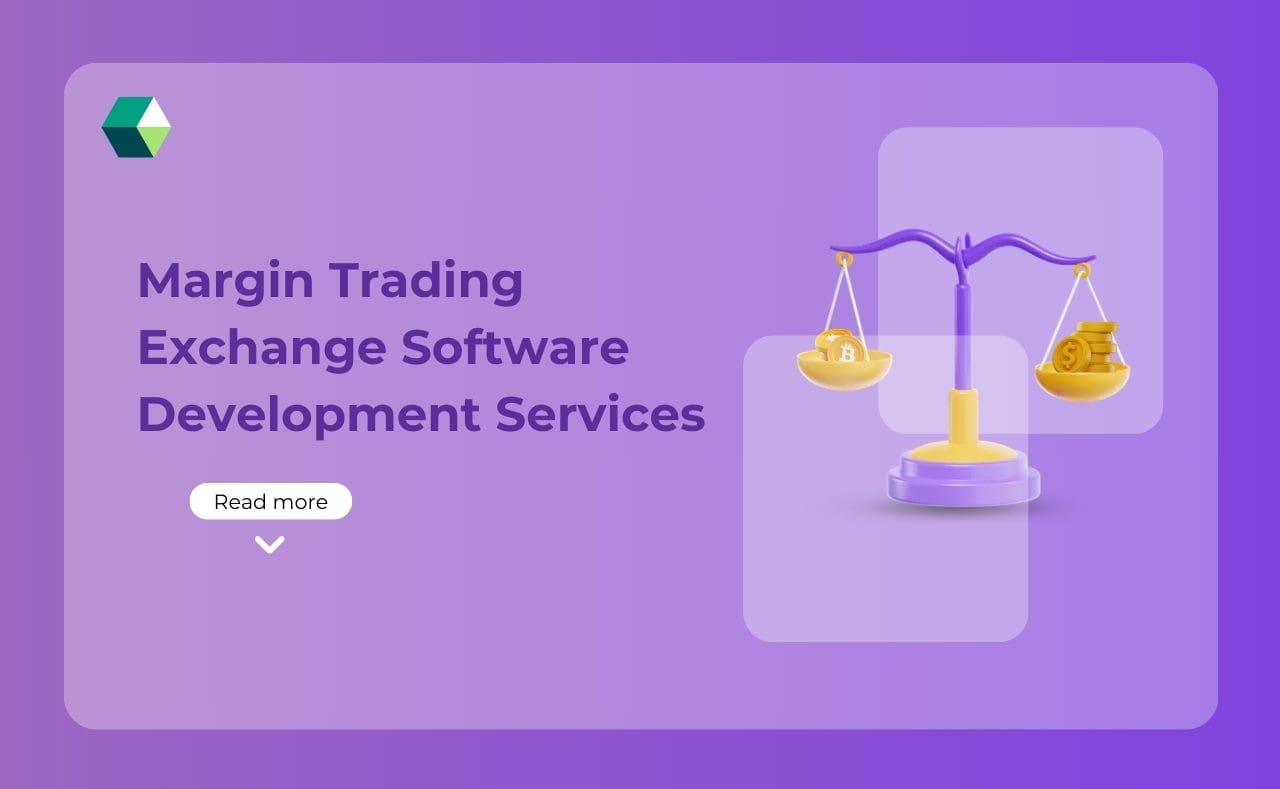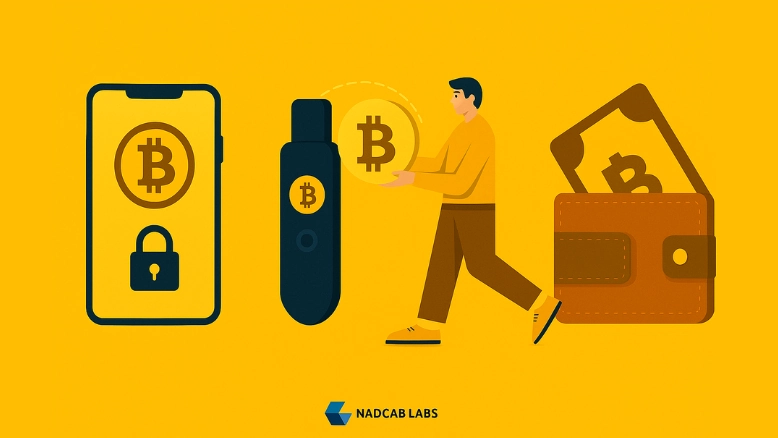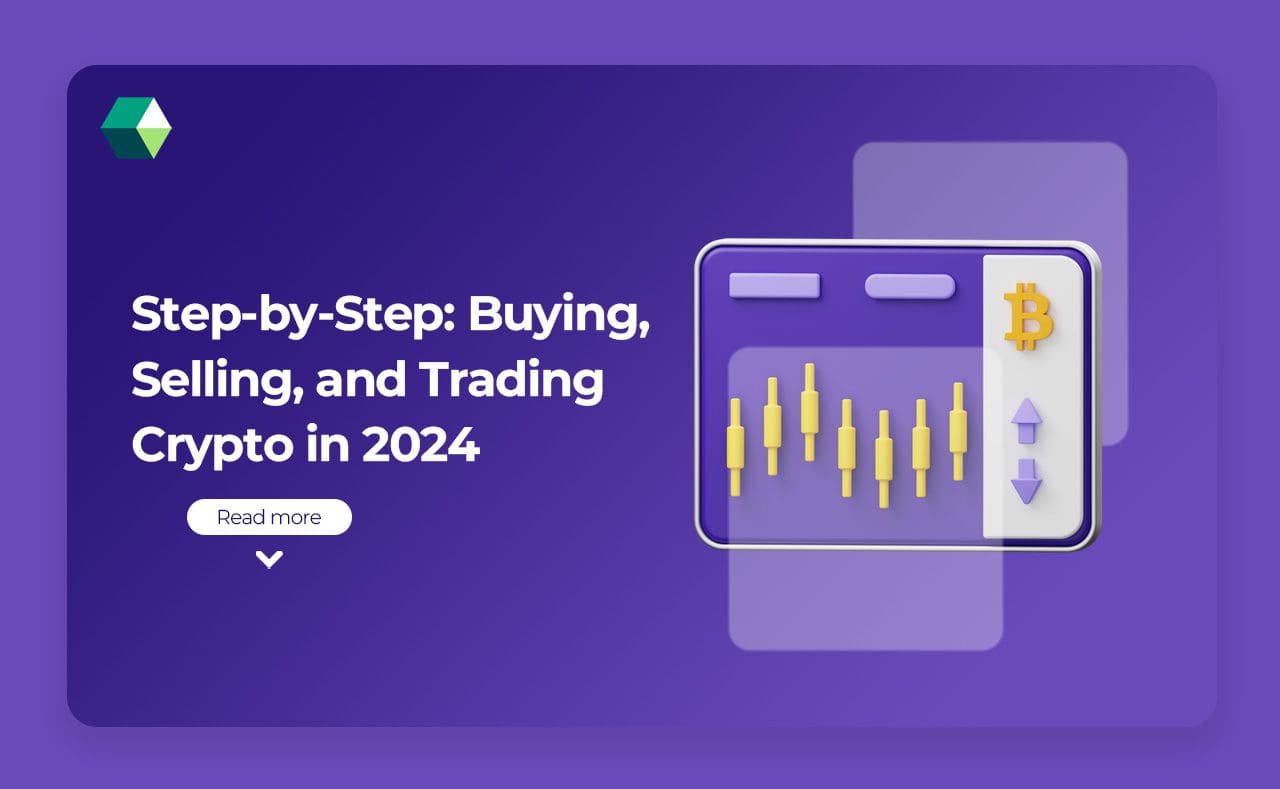
Margin trading has gained popularity among traders in the cryptocurrency market. It enables them to borrow money from an exchange or broker to boost their trading capacity. This can result in larger profits, but it also comes with greater risks. As more people seek leveraged trading platforms, businesses require strong and secure solutions to establish reliable exchanges. In this blog, we will explain margin trading, the role of exchange software, and how development companies focused on the future can help create effective leveraged trading solutions.
What is Margin Trading?
Trading on leverage is a method that allows traders to borrow money to increase their trading position. In simple terms, it means you can trade with more funds than you actually have in your account. For example, if you want to buy $1,000 worth of a cryptocurrency, but you only have $500, a Margin Trading Platform can lend you the extra $500. This borrowing process enables traders to amplify their investments, aiming for higher returns. However, it’s important to understand that while using leverage can increase profits, it also raises the risk of significant losses.
When using borrowed funds, you are required to maintain a minimum balance, known as the “margin requirement.” If the value of your investment drops below a certain point, the broker may issue a “margin call,” requiring you to add more funds to your account or sell some of your assets to cover the loss. Thus, trading on leverage is not suitable for everyone; it requires careful risk management and a solid understanding of the market.
Designing Efficient Systems for Margin-Based Trading
Development of Borrowed-Funds Trading Systems is the process of creating a platform where users can trade assets like cryptocurrencies using borrowed capital. Such a system needs to handle complex features like borrowing, margin calls, and real-time order execution. It should be user-friendly, with an intuitive design that allows traders to check prices, manage funds, and execute trades quickly.
Security is very important, so the leverage trading software should include strong encryption, Two-Factor Authentication (2FA), and secure payment integrations. The platform also needs to offer tools such as automatic stop-loss orders and live price charts to help traders make informed decisions. Additionally, integrating a defi interest rate model can optimize borrowing rates according to market conditions, ensuring fair and transparent rates for traders using leverage. The goal is to create a platform that is simple, secure, and efficient for everyone who wants to trade with borrowed capital.
Top Leverage Trading Platforms
-
Binance
Binance is a big platform where you can trade cryptocurrencies. It allows you to borrow money to make bigger trades, up to 125 times your money. It’s great because there are lots of people buying and selling, so it’s easy to trade. Binance also gives you helpful tools to track prices and manage your trades. It’s a good choice if you want to trade a lot of different cryptocurrencies.
-
Kraken
Kraken is known for being safe and easy to use. It lets you borrow money to trade up to 50 times. Kraken is great because it has strong security to keep your funds safe. It also helps you protect your money by giving alerts if prices move too fast. This platform is good for beginners who want to start trading safely.
-
Bybit
Bybit is a newer platform but very popular. You can borrow money up to 100 times to make trades. Bybit is known for being easy to use and has features to help protect your funds, like setting limits on your trades. If you want a platform with high leverage and good tools, Bybit is a great choice.
-
Bitfinex
Bitfinex has been around for a long time and is trusted by many. It offers to borrow up to 10 times for trading. Bitfinex is known for having many different tools for advanced traders. It’s also a good platform if you want to trade quickly because it has a lot of buyers and sellers.
-
Huobi
Huobi is a platform where you can borrow money up to 5 times for leveraged trades. It has low fees and good support. Even though the leverage is not as high as some other platforms, Huobi is safe and easy to use, making it a good choice for beginners.
-
Bitstamp
Bitstamp is one of the oldest platforms and is known for being simple. You can only borrow money up to 2 times, but it’s a great place if you are just starting. It has strong security and is easy to use. Bitstamp mainly focuses on big cryptocurrencies like Bitcoin and Ethereum.
-
KuCoin
KuCoin allows you to borrow up to 10 times for margin trading. It has a lot of different cryptocurrencies to trade, including some smaller coins. KuCoin has a strong community and good customer support, making it easier for new users. It also has special trading options like betting on future price movements.
Top Features of Leverage-Based Trading Exchange
-
Leverage
Leverage allows traders to borrow money and make larger trades than they could with just their own funds. For example, if you have $100 and you use 10x leverage, you can trade as if you have $1,000. This can help you make bigger profits, but it also means a higher risk if the trade goes wrong.
-
Interest on Borrowed Funds
When you borrow money to trade, the exchange usually charges interest on the amount you borrow. This is a fee that you pay for using borrowed funds. The interest cost varies from platform to platform, so it’s important to check how much it will be.
-
Risk Management Tools
Exchanges provide tools to help you manage the risks of margin trading. For example, stop-loss orders automatically sell your assets if the price drops too much. Take-profit orders do the same if the price increases to a level you want. These tools help you avoid losing too much money and protect your profits.
-
Liquidation
If the value of your trade drops too much, the exchange may automatically close your position to prevent further loss. This is called liquidation. It helps protect you from losing more money than you’ve invested.
-
Wide Range of Assets
Most leveraged trading platforms offer a variety of assets, including cryptocurrencies, stocks, and commodities. This allows you to choose from different investment options and diversify your portfolio, helping you spread risk.
-
24/7 Access
Unlike traditional stock markets that close after certain hours, these platforms usually operate 24/7. This means you can trade anytime, even in the middle of the night or on weekends, without being limited by time zones.
-
Advanced Trading Tools
Some platforms offer advanced tools for more experienced traders. These tools include real-time charts, technical analysis, and market data that help you make better decisions based on how the market is moving.
-
High Liquidity
A high liquidity exchange means there are many buyers and sellers on the platform. This is important because it allows you to buy or sell assets quickly without causing big changes in the price. It helps ensure smooth and fast trades.
-
Security Features
Since margin trading involves borrowing and trading large sums of money, security is key. Many exchanges have features like two-factor authentication (2FA), cold storage, and encrypted connections to keep your funds safe from hackers.
-
Real-Time Market Updates
Leverage trading platforms provide real-time market updates, allowing you to see the latest prices and trends. This helps you make decisions quickly and stay up to date with market movements.
How to Develop a Platform for Leverage Trading ?
Developing a platform for leveraged asset trading is a complex process, but with the right approach, it can become a successful project. Here’s a simplified guide to help you understand the key steps involved in building a system for trading with borrowed capital –
-
Define Your Requirements
The first thing you need to do is figure out what your platform will offer. You need to know what type of assets (like cryptocurrencies, stocks, or commodities) people will be able to trade with. You also need to decide the level of leverage (like 2x, 5x, or 10x) that users can use to trade. Don’t forget to include risk management features, like stop-loss orders or liquidation rules, to help protect users from losing too much money.
-
Choose the Right Technology Stack
Choosing the right technology is very important for building a secure and fast trading platform. For backend development, you can use languages like Python, Java, or Node.js. These languages are great for handling trading data and processing orders. For the design of your platform (how it looks and feels to the user), use languages like HTML, CSS, and JavaScript, along with tools like React or Vue.js for a smooth and responsive experience.
-
Design the User Interface (UI) and User Experience (UX)
The design of your platform is key to making it user-friendly. Make sure your dashboard is easy to use and understand. Traders should be able to see their balances, open trades, and market data without confusion. The platform should also show real-time updates on asset prices and volumes. It’s also important that your platform works well on all devices—computers, tablets, and phones.
-
Develop Core Features
Your trading platform needs to have all the essential tools for users to trade effectively. You should include account management features so users can sign up and log in securely. An order matching system is also important, as it will match buyers and sellers. For leveraged trading, offer features that allow users to set leverage, calculate margin requirements, and set stop-loss or take-profit orders.
-
Implement Security Measures
Security is crucial for any trading platform. Since users will be depositing money, it’s important to keep their funds and data safe. Use encryption to protect sensitive data like passwords and transaction details. For cryptocurrency exchanges, it’s a good idea to use cold wallets (offline) for storing most of the funds, and hot wallets (online) for day-to-day trading. Adding two-factor authentication (2FA) will add an extra layer of protection.
-
Testing and Debugging
Before launching, you need to thoroughly test your platform. This means making sure all features are working correctly, such as the order matching system, leverage trading tools, and account management. You should also test the security of your platform to ensure it’s protected from threats like hacking. Performance testing is important too—make sure the platform can handle many users and trades at once without crashing.
-
Launch the Platform
After testing, you can launch your platform. But even after launch, your work isn’t done. It’s important to keep monitoring the platform for bugs or security issues. You also need to provide customer support so users can get help if they face any problems.
-
Regular Maintenance and Updates
After your platform is live, regular maintenance is necessary. You’ll need to update the software to fix bugs, improve security, and add new features. You should also listen to user feedback and make improvements based on their suggestions. Keeping your platform up-to-date and compliant with regulations is also important.
-
Marketing and User Acquisition
Once the platform is live, you need to attract users. This can be done through social media marketing (using platforms like Twitter, Facebook, and Instagram) and working with influencers in the crypto or trading space. You can also create educational content like tutorials, blogs, and videos that explain how your platform works and how users can start trading.
Why Nadcab Labs for Trading?
Nadcab Labs, a trusted trading platform provider, is the perfect choice for building your leverage trading platform.With a team of skilled experts in blockchain and financial technology, Nadcab Labs helps you build a platform that is secure, easy to use and performs well. They offer tailored solutions to ensure your exchange has all the key features like real-time trading, risk management tools, and a simple, smooth interface for users. Security is a top priority, with advanced encryption, two-factor authentication, and strong protection against online threats.
Nadcab Labs also provides support after launch, ensuring your platform stays up-to-date and continues to work smoothly as the market evolves. By choosing Nadcab Labs as your Leverage Trading Exchange Solutions, you






